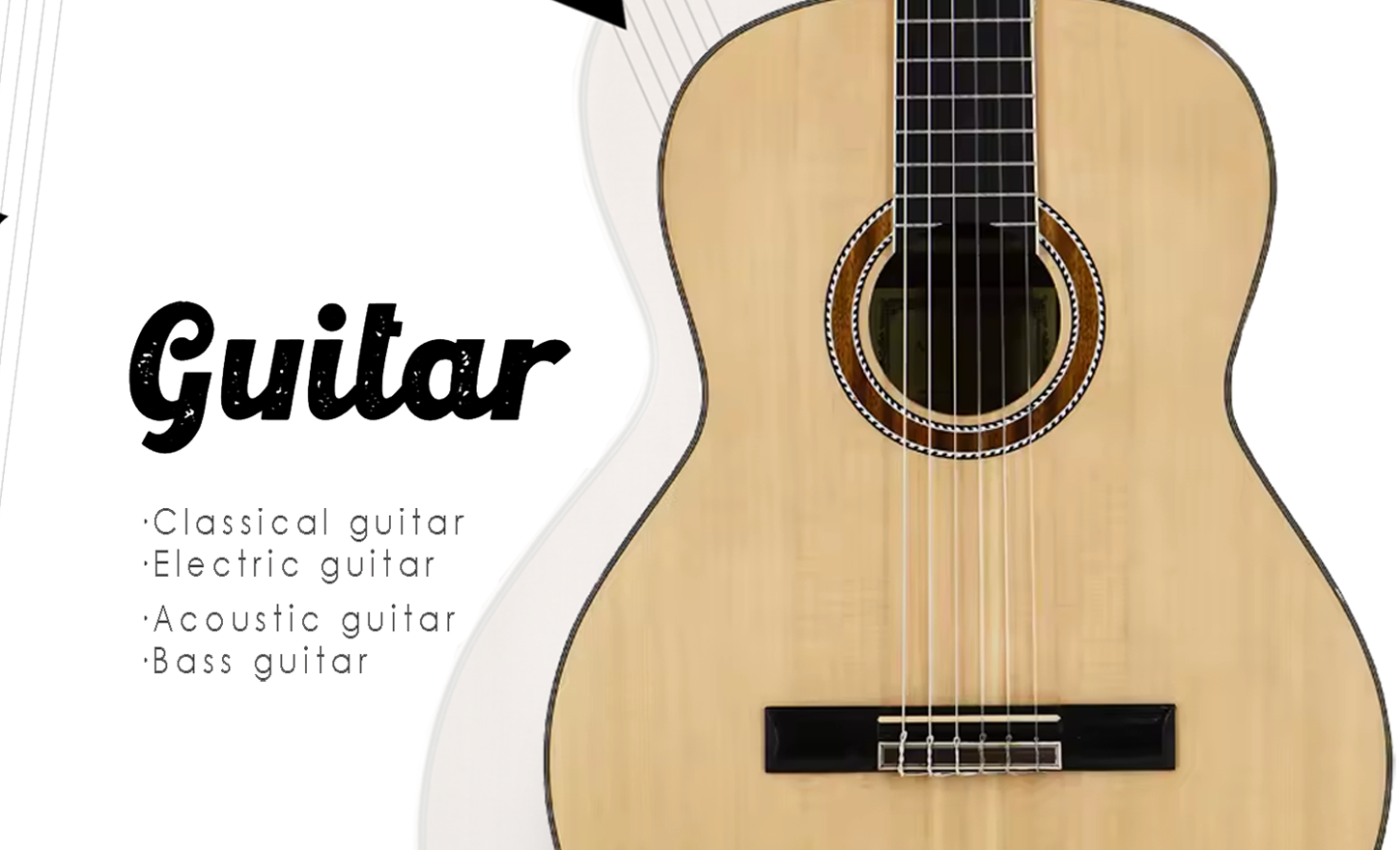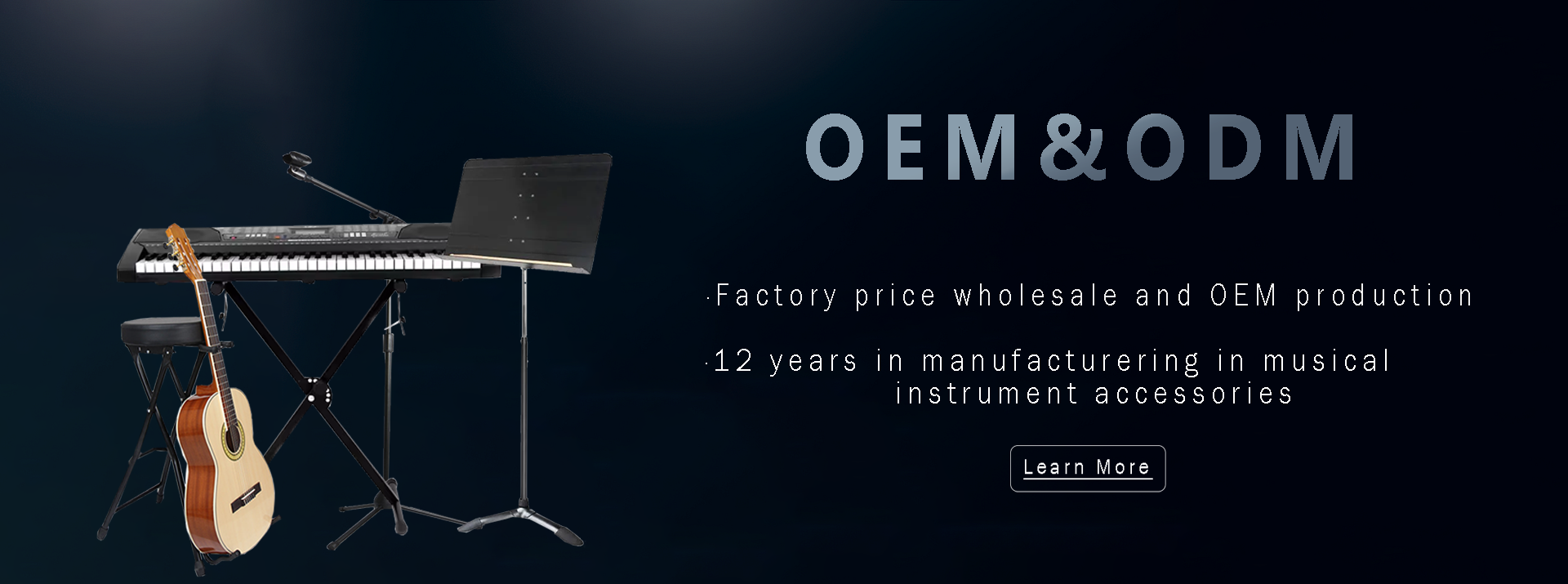Currency


Starting a guitar company is an exciting journey for anyone passionate about guitars and music. Not only can it be a profitable business, but it also offers the chance to shape the world of music by creating instruments that inspire artists. However, launching a guitar company takes careful planning, skill, and market knowledge. Here’s a comprehensive guide to help you start your own guitar company.
1. Research the Guitar Market and Define Your Niche
Understand Your Competition: Research established guitar brands and new startups to understand the current market. Look into their strengths, weaknesses, target audiences, and what sets them apart.
Define Your Target Audience: Decide who your ideal customers are. Are they beginners, intermediate players, or professionals? Are you targeting electric guitar enthusiasts, acoustic lovers, or classical guitar players?
Identify Your Niche: Your unique value proposition is what will set you apart from the competition. You might focus on sustainable wood materials, vintage designs, custom models, or affordable entry-level guitars. Knowing your niche helps you position your brand effectively.
2. Develop Your Brand Identity
Choose a Memorable Brand Name: Select a name that resonates with your target audience, is easy to remember, and reflects your brand's values and aesthetics. Make sure it’s unique and check if the domain name is available for your website.
Create a Brand Vision and Mission: Outline what your brand stands for, what it aims to offer musicians, and how it plans to make a difference in the music world. This mission will guide your marketing, design, and business strategies.
Design a Logo and Brand Aesthetic: Work with a designer to create a logo and establish a visual style that reflects your brand’s identity. A strong, consistent aesthetic will help customers recognize and remember your company.
3. Design and Build Your Guitars
Select Your Guitar Type and Style: Based on your niche, decide whether you'll be creating electric, acoustic, classical, or bass guitars. Choose the specific shapes, features, and materials that will define your brand’s signature style.
Choose High-Quality Materials: Guitar quality often depends on the type of wood and components used. Decide if you’ll use hardwoods like mahogany or maple for the body, rosewood or ebony for the fretboard, and premium hardware for tuners and bridges.
Build Prototypes: If you’re an experienced luthier, you might build prototypes yourself. If not, partner with experienced luthiers or production specialists. Experiment with various designs to find the right sound, feel, and look for your guitars.
Test and Refine: Once you’ve built prototypes, test them rigorously and gather feedback from musicians. This process will help you refine your designs and ensure your guitars meet high standards.
4. Source or Establish Manufacturing
Decide Between Handmade and Factory Production: Handmade guitars offer a high level of craftsmanship but can be costly to produce. Factory production allows for higher volume at lower cost, but quality control is essential.
Find Reliable Suppliers: If you’re outsourcing parts, work with reputable suppliers for wood, strings, hardware, and electronics. Building relationships with suppliers is crucial to maintain consistency in quality and production.
Set Up a Workshop or Partner with a Manufacturer: If you plan to produce guitars in-house, invest in a workshop with the necessary tools and equipment. Alternatively, work with a trusted manufacturer who can build to your specifications.

5. Plan Your Sales and Distribution Strategy
Establish Distribution Channels: Decide where you’ll sell your guitars – through an e-commerce website, music stores, online marketplaces, or a combination. Each channel has its pros and cons, so consider your target audience's preferences.
Set Up an Online Store: An e-commerce website will allow you to reach a global market and sell directly to customers. Ensure the website is user-friendly and displays your products with high-quality photos and descriptions.
Explore Partnerships with Retailers: Building relationships with music stores can help increase your brand’s visibility. Some companies start with local music stores before expanding to national or international retailers.
6. Develop a Marketing Strategy
Create a Social Media Presence: Platforms like Instagram, YouTube, Facebook, and TikTok are essential for showcasing your guitars. Post content regularly, including videos of the guitars in action, behind-the-scenes production footage, and stories about your brand.
Collaborate with Musicians: Work with both professional musicians and influencers to promote your guitars. Artist endorsements and collaborations can add credibility and introduce your brand to a broader audience.
Invest in Content Marketing: Content such as blogs, videos, and tutorials can attract potential customers to your websit
Email cannot be empty
Password cannot be empty
Email format error
Email cannot be empty
Email already exists
6-20 characters(letters plus numbers only)
The password is inconsistent
Email format error
Email cannot be empty
Email does not exist
6-20 characters(letters plus numbers only)
The password is inconsistent